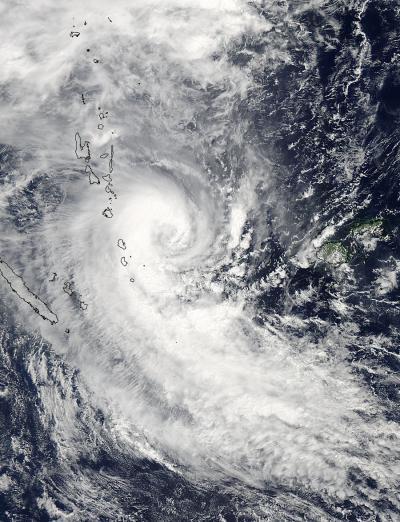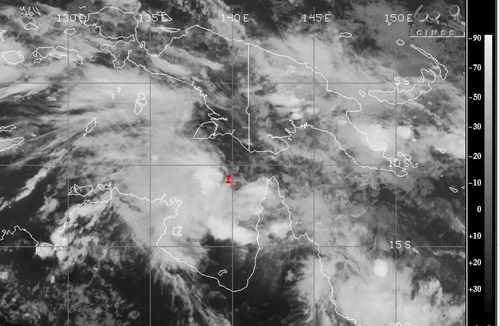Madagascar Hit by Strong Cyclone
Madagascar’s week did not start off on a high note, as a strong cyclone dubbed “Cyclone Hellen” took aim at the country. Hellen took a turn towards Madagascar on Sunday and quickly deepened due to ideal cyclone conditions – as much as 60mb drop in 24 hours – over the warm waters surrounding Madagascar. Considered a very powerful storm for the country, this category four cyclone brought winds of 230km/h, while located in the northern part of the Mozambique Channel to the northwest of Madagascar.

Fortunately, the saving grace that helped avoid widespread damage to the country was that the eye of the storm was very compact and it collapsed easily after moving off of the warm ocean waters. The surface pressure of the cyclone went back up 65mb in the following 24 hours. Because of this, sustained winds significantly weakened to around 80km/h after making landfall therefore only a few coastal areas received damage to structures. Mahajanga, a large city with a population of over 100,000 and located close to where the cyclone made landfall, received just over 150mm from the storm. Although landslides were of concern over Madagascar’s rugged inland terrain, residents took necessary precautions and no injuries were reported. Hellen’s remnants lingered over Madagascar before getting pushed over to the neighbouring country, Mozambique, then dying off.
Another unrelated tropical storm is currently spinning up in the western Pacific Ocean and is headed toward the Philippines. This storm however, is not benefiting from ideal conditions for typhoon intensification. It is not expected to strengthen to more than a category one and will likely be more of a rain-maker than a powerful storm. The small Pacific island of Palau should still be on the lookout though, as the storm is on track to pass directly over the island. Regardless, an eye (no pun intended) will need to be kept on this storm.




